Chris Davis Martial Body Stable Body
2.29 GB
Destroying the structure
Many of the techniques of the martial arts, especially in grappling, depend on us being able to manipulate our partner or opponents structure in some way. We often want to distort their posture, change the alignment of their spine, their shoulders and hips or pull them out of their base of support. These tactics can be stunningly effective when utilized by an expert who can get you out of balance from the moment they make contact.
Developing natural resistance to distortion
We could try to counter these tactics with other techniques or tactics of course, but a far easier way is to create a body that naturally avoids distortion. That is the goal of StableBody training where we ingrain an acute sense of our alignment and position. The slightest deviation from our optimum alignment, even when moving at speed, becomes instantly recognizable and the body always attempts to return to the right position, without conscious thought.Counter
Re-aligning ourselves
Initially, StableBody is a process of increasing our awareness. We train to directly feel where the balance of the body is, how it is skewed through any remaining tension (which we will resolve by heading back to HeavyBody) and how joints, limbs and the spine may be misaligned. Once we can directly feel these issues, we can correct the positions and hold them in place or during slow movement to embed the corrections.
Posture = Health
Creating good alignments isn’t only relevant to martial arts of course. The understanding of the need for good posture has begun to permeate our lives as modern people have become more sedentary. StableBody training will give you the tools to recognize when your posture is compromised, or you are habitually creating poor posture habits. It will also give you some tools to create ever better posture for greater health and vitality.
Course curriculum
-
Welcome to StableBody Fundamentals
Show details
- Welcome to StableBody Foundations – Training to increase our stability.
- Training Guide
- Introduction
- The importance of Propriocption
- Introducing Intent
- The Hands & Feet
- The Junctures & Centre points
-
02 Technique Library
Show details - Technique Library
- SECTION 1 – Sensing the Body
- Technique 1 – Waking up the Tissues
- Technique 2 – Waking up the Skeleton
- Technique 3 – Waking up the feet – Forward Back
- Technique 4 – Waking up the feet – Side to Side
- Technique 5 – Setting up the Frame
- SECTION 2 – Finding the Body Centres
- Technique 1 – Finding the Centre
- Technique 2 – 6 directions from the centre
- Technique 3 – Finding the Centre of the legs
- Technique 4 – Finding the Centre of the arms
- SECTION 3 – Harmonizing the Body
- Harmonising Introduction
- Technique 1 – Anchors of the Axis
- Technique 2 – Linking the shoulders and hips
- Technique 3 – Linking the Elbows and Knees
- Technique 4 – Linking the Hands and Feet
- SECTION 4 – Stable Movement
- Stable Movement introduction
- Movement 1 – Same Side Stepping
- Movement 2 – Leaping side to side
- Movement 3 – Turning Horse Steps
- Movement 4 – Shikko 1 – Body Box
- Movement 5 – Floor Crawl 1 – Basic
- Movement 6 – Tightrope Floor Crawl
-
03 Follow Along Lessons
Show details - Awakening the Body
04 Partner Testing your ‘StableBody’
- Testing with friends
- Returning from contortion
- 2 Point Pushing
- Stable Steps
- Single Point Pushing
- Lead & Follow game
- Isolated push game
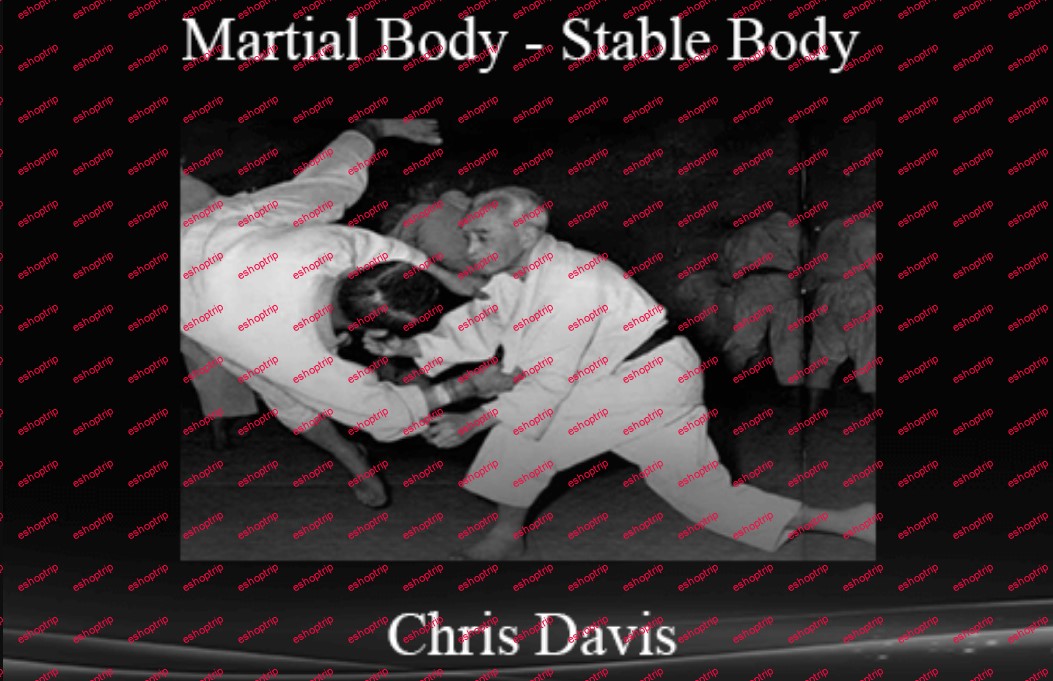



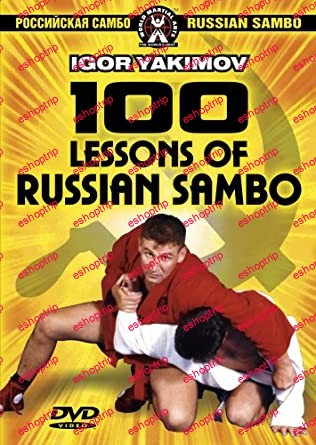
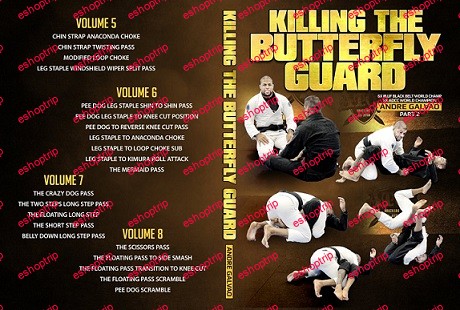
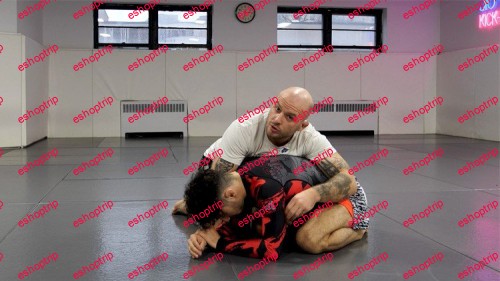

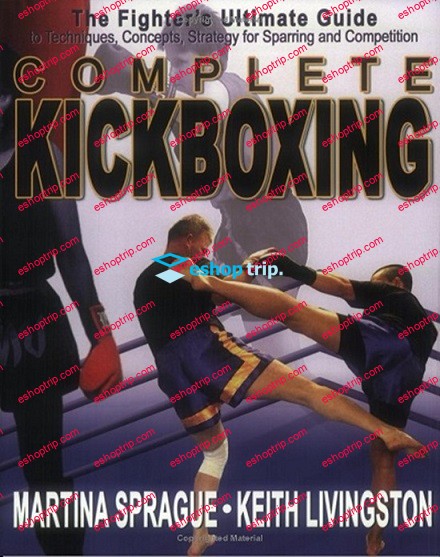


Reviews
There are no reviews yet.